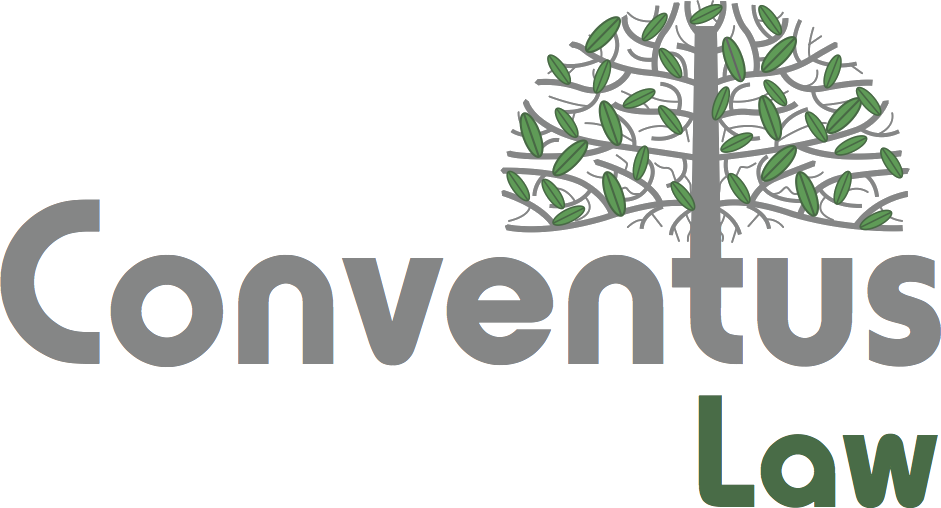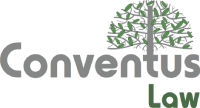AI is transforming industries across the globe, from managing emails to writing assistants to programming robots. When an AI makes a significant contribution to a research, invention, or innovation process, how should startups allocate credit and protect their intellectual property (IP)?
This is a complex question that requires careful consideration, especially as governments around the world lay down rules and regulations related to AI’s involvement in intellectual property. In this article, we will discuss the key points startups need to know about AI-assisted IP and how they can navigate through potential challenges.
Understanding AI-Assisted IP
AI-assisted IP refers to inventions, innovations or creations that involve significant contributions from artificial intelligence. These contributions can range from generating ideas, designing solutions, optimizing processes, to analyzing data and making decisions.
One example of AI-assisted IP is Google’s DeepMind AlphaGo programOne example of AI-assisted IP is Google’s DeepMind AlphaGo program, which made headlines for defeating world champion Go player Lee Sedol in a historic match in 2016. This program uses machine learning algorithms and deep neural networks to improve its performance and make strategic decisions, resulting in groundbreaking advancements in the game of Go.
Another example is IBM’s Watson, which has been used for a variety of purposes such as diagnosing medical conditions, creating culinary recipes, and even composing music. Watson’s ability to understand natural language and analyze vast amounts of data has allowed it to assist humans in tasks that were previously thought to require human intelligence.
By using AI tools, startups can streamline processes and potentially improve the quality of their inventions. But one area where its impact is becoming profoundly significant is intellectual property (IP).
With AI systems participating in creative and innovative processes, the question of whether they can or should be recognized as co-inventors has become a hot topic. To explore this fascinating intersection of technology and law, we’ve gathered insights from an experienced IP attorney.
Can AI Be an Inventor?
Unfortunately, no matter how extensive your AI’s contribution to a new invention is, it cannot be considered an “inventor” under current patent law. Inventorship is still a largely human domain.
AI can be a powerful tool for creating new inventions, but patent laws in the U.S. and many other countries still require inventors to be humans. This means that even if an AI system helps generate an invention, the person who played a key role in coming up with the idea or bringing it to life must be listed as the inventor.
Startup Guidelines for AI-Assisted IP
1. You Can’t Patent AI Alone
Fully AI-generated inventions or content with no human input may not qualify for IP rights in many jurisdictions. For example, in the U.S., patent laws require that an invention must be created by a human to be considered for patent protection. This means that if your AI system is solely responsible for creating the invention without any input from a human, it may not be eligible for a patent.
2. Keep Detailed Records of Human Involvement
To ensure that your AI-assisted inventions are eligible for IP rights, it is important to keep detailed records of all human involvement in the process. This includes documenting how the AI system was programmed and trained, as well as any contributions made by individuals during the creation or development of the invention.
3. Consider Patenting the AI System Itself
In addition to seeking IP protection for your AI-assisted inventions, it may also be beneficial to consider patenting the AI system itself. This can provide an additional layer of protection and prevent others from using or replicating your technology without permission.
If you’ve built a proprietary AI system (e.g., for pricing, design, diagnostics), it may be beneficial to consider patenting the AI system itself. That being said, make sure to protect the algorithm and model weights as trade secrets. Don’t forget to include the training data if it’s hard to replicate.
Use NDAs and internal access controls to keep your AI assets safe.
4. Review Licensing Terms of AI Tools
Read the TOS (Terms of Service) carefully. Make sure you can use the outputs commercially and claim ownership. Some tools may claim ownership rights over your work or impose restrictions on how you can use their services for commercial purposes. Taking the time to review these terms can help you avoid unexpected limitations or legal issues down the line.
5. IP Ownership Must Be Clear in Teams
If you’re working with freelancers, contractors, agencies, or collaborators on AI projects, it’s crucial to have clear agreements in place regarding intellectual property (IP) ownership. This can help prevent disputes over who owns the AI algorithms, models, and data produced during collaboration.
It’s important to define IP ownership early on in the project and have all parties sign an agreement acknowledging this. A clause you can include: “All AI-assisted content and inventions created under this agreement shall be the sole property of [Startup Name].”
In some cases, it may be necessary to consult an IP lawyer to ensure that all aspects of IP are covered.
6. You’re Responsible for Any Risks
AI outputs aren’t automatically “original” or \”creative” under current IP laws, so it’s important to be aware of any potential risks that may arise when using AI in your business. As the creator and owner of the AI system, you are responsible for any consequences or legal issues that may arise from its use.
This includes being accountable for any potential infringement on existing patents, trademarks, or copyrights. It’s important to thoroughly research and analyze the market to ensure that your AI system is not infringing on anyone else’s IP.
Additionally, there may be ethical considerations to take into account when utilizing AI in certain industries. For example, in healthcare, there are concerns about biased algorithms and data privacy.
Do’s and Don’ts for Startups
| Area | Do | Don’t |
| Ownership | Assign IP clearly | Assume AI = IP holder |
| Licensing | Check AI tool rights | Use free tools commercially without review |
| Patents | Highlight human input | Submit fully AI-created work |
| Content | Use AI for ideation, draft | Rely solely on AI for originality |
| Legal Risk | Use contracts, audits | Ignore copyright risks in outputs |
Final Thoughts
As AI advances and integrates into daily life, startups must understand the dos and don’ts of using this technology. By following guidelines on ownership, licensing, patents, content creation, and legal risks, startups can reduce risks and maximize AI’s benefits.
Moreover, it’s also essential to stay updated on evolving AI laws and regulations. With a solid understanding of AI tools, startups can confidently innovate and succeed. Remember to do your due diligence and consult IP lawyers when needed to stay on the right path with AI.



